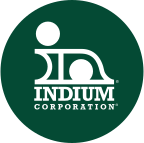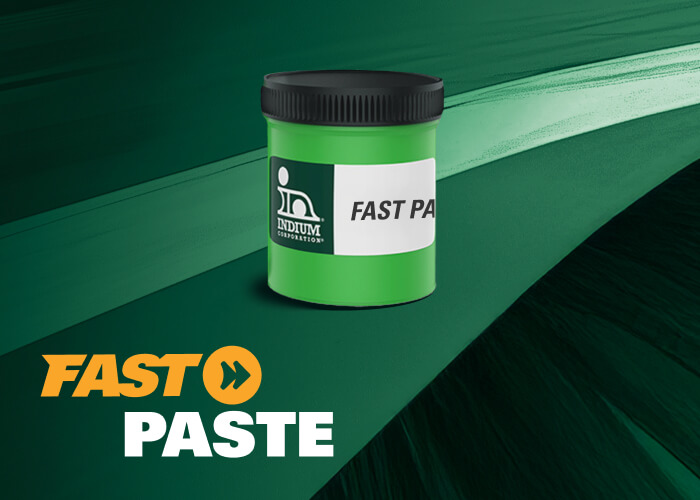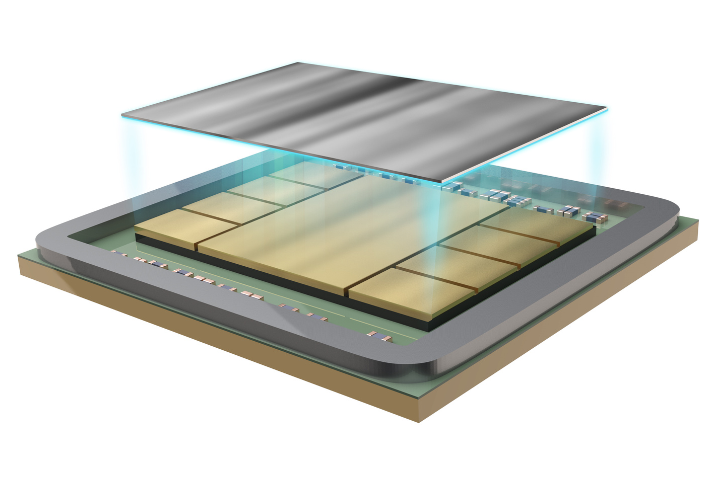“When the year 2000 was upon us, books were written and people were philosophizing on what the greatest invention was of the last 1,000 years. And almost all people agreed that the greatest physical invention is the printing press.” – Ron Lasky, Ph.D., PE, Senior Technologist, “Design of Experiments (DOE) for SMT 101,” May 3, 2022
A used Heidelberg offset four-color press is a hulking beast of a machine, with a price tag usually into six figures prior to significant shipping costs. Beyond that initial cash outlay is the realization for new owners that parts are not being manufactured for these relics of the past: they must be custom fabricated. The printing press is a great invention, but it’s a massive paperweight without replacement parts to keep it humming along.
Powder bed fusion (PBF) – first patented in 1990 by Carl Deckard at the University of Texas[1] – covers a range of additive manufacturing processes that all use a high-energy source (e.g., lasers) to sinter or melt together powder particles layer-by-layer resulting in a final solid part. Whether you need to recreate an OEM part for an offset printer, or you are a manufacturer in one of the critical PBF printed-parts markets today – satellites, rocket engines, drones, military and civilian aircraft, automotive, orthopedics, or medical (esp. dental) – PBF printers are capable of printing the most advanced metal parts, in a wide variety of build materials.
But there is one significant fly in the ointment: In the standard PBF process, the printed parts are fused to the build plate and need to be mechanically separated using an electrical discharge machine (EDM), wire saw, or some other form of cutting tool. This can be very time-consuming and costly.
Indium Corporation® is excited to launch its new 3D EZ Release™ Print Plate technology, which makes the separation step extremely fast and easy; printed parts can be removed in seconds instead of hours.
In this technology, Indium Corporation uses a low-melting point alloy in the top layer of the print plate. The laser-sintered printed part is bonded to this alloy layer, and thus separation can be achieved almost instantly by melting the alloy at a relatively low temperature of approximately 200°C – using nothing more than a hot plate or a standard oven. By removing the need for an EDM or other cutting saw:
- The entire production sequence is simplified
- The footprint needed for parts removal is lowered
- The cost of ownership of the entire additive manufacturing operation is reduced
- And, in many cases, Indium Corporation’s 3D EZ Release™ print plate can also eliminate the need for support structures and stand-offs.
Currently, the 3D EZ Release™ print plate is available in a ready-to-ship 3.5” x 3.5” size, compatible with the standard build plate for a GE Additive/Concept Laser/Mlab Cusing printer. However, our engineers can produce plates for other printers – contact us to discuss your specific needs.
Whether you are 3D printing a part with complex geometry or a prototype dental bridge, if your final steps of the process include mechanical separation of the material from the construction plate, removal of the sacrificial support structures, bead blasting, machining, and grinding, save yourself significant hours, equipment, and capital with the 3D EZ Release™ Print Plate.
Authored by MarCom Specialist Christian Vischi.
References:
[1] Google patents search. Retrieved May 24, 2022. https://patents.google.com/patent/US5017753A/



